Baobab Tree (Adansonia digitata), packet of 5 seeds
$4.95
Family: Bombaceae
Hardy to Zones 10 to 12. May be grown as a potted plant, brought in for the winter. Protect from frost.
Perennial succulent tree native to Africa. Surely one of the most unusual trees on earth, the Baobab is elephant-like in a land of elephants, with a vastly stocky trunk and humanoid branches. Bears pendulous, giant, white-winged flowers that sport globular arrays of yellow-tipped stamens and give way to the velvety, elongated fruits. These fruits contain a powdery pulp, rich in citric and tartaric acid (also quercetin), that makes a refreshing, tart, astringent drink. Traditional usage: fevers and diarrhea. The young leaves of the tree are steamed and eaten as a nutritious food. The bark is twisted into fiber and used in basketry or rope making. The plant prefers dry conditions, well-drained soil and tolerates full sun. A rarity in domestic culture. Cultivation: Drop seed in just-boiled water and soak overnight. In the morning, the seed coat will be softened. Using a razor knife and a cutting board, scarify by slicing off just enough of the seedcoat to allow a circle of white endosperm to show. Slice the side away from the notch. If the seed is not softened by the boiling water soak, then use a file or sander. See gallery images. The seedcoat must be pierced for the seed to sprout. Once scarified, plant right away in warm, sandy soil, just subsurface. Keep barely moist and very warm until germination, which requires 11 to 21 days. Prick the seedling out into a gallon pot of cactus mix and keep in a warm, sunny position. Water once a week during growth phase and discontinue watering after the leaves fall. Many growers depot their smaller trees during dormancy (see photo in gallery), storing them in greenhouse or dresser drawer, leaving them bare-rooted through the winter, replanting in the spring. This disallows root rot which is a problem if the tree remains in wet conditions during dormancy. Pot up to successively larger pots as the tree grows and prospers. Baobabs can attain a great size in habitat. As a potted plant, a reliable companion.
5 seeds/pkt, Open Pollinated, Untreated, NO GMO’s
Out of stock

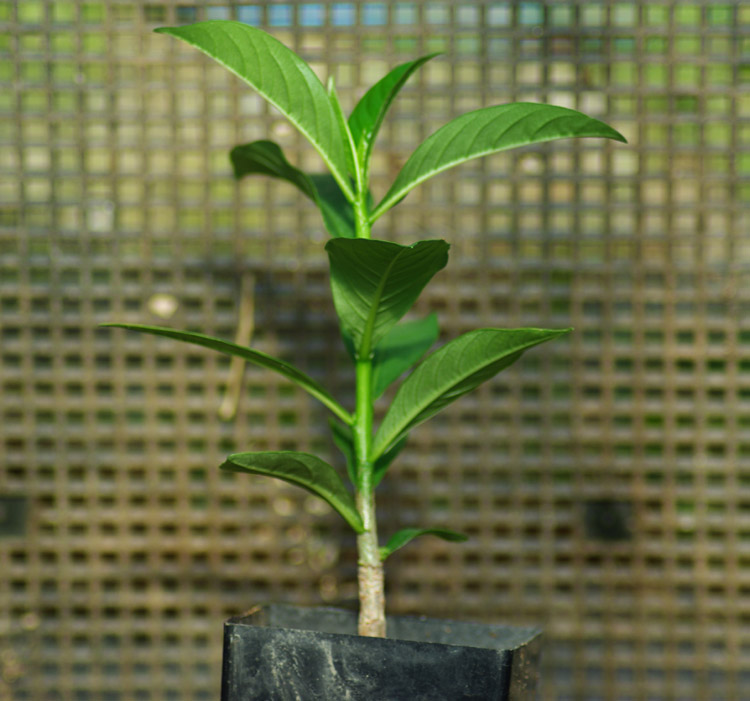

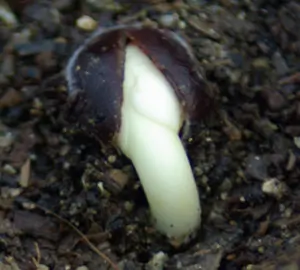
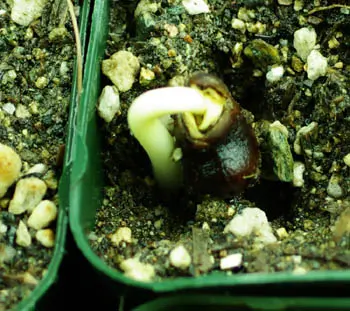
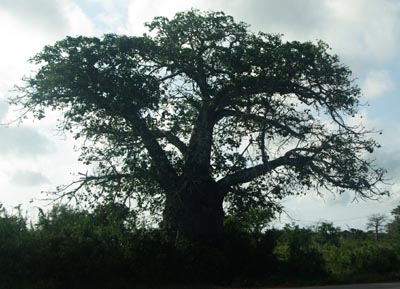
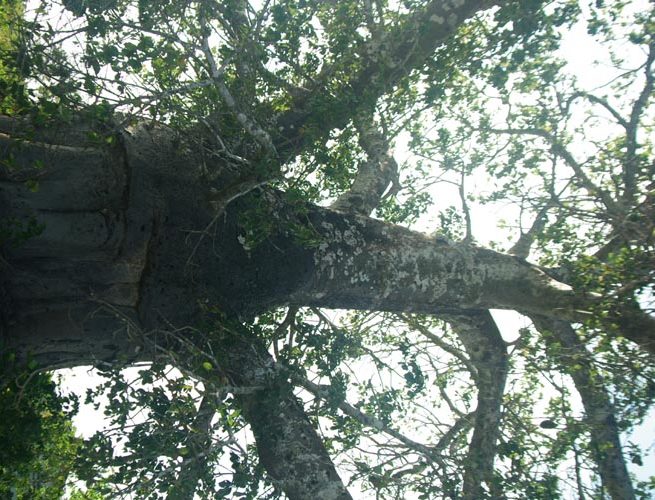
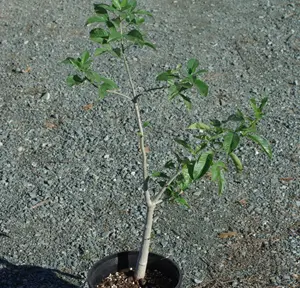
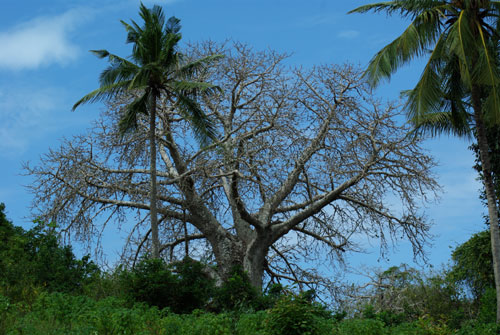
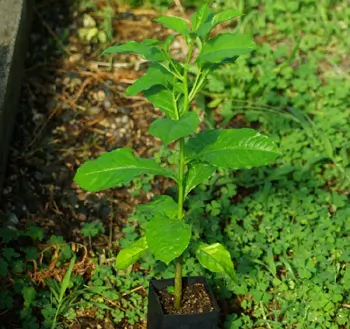
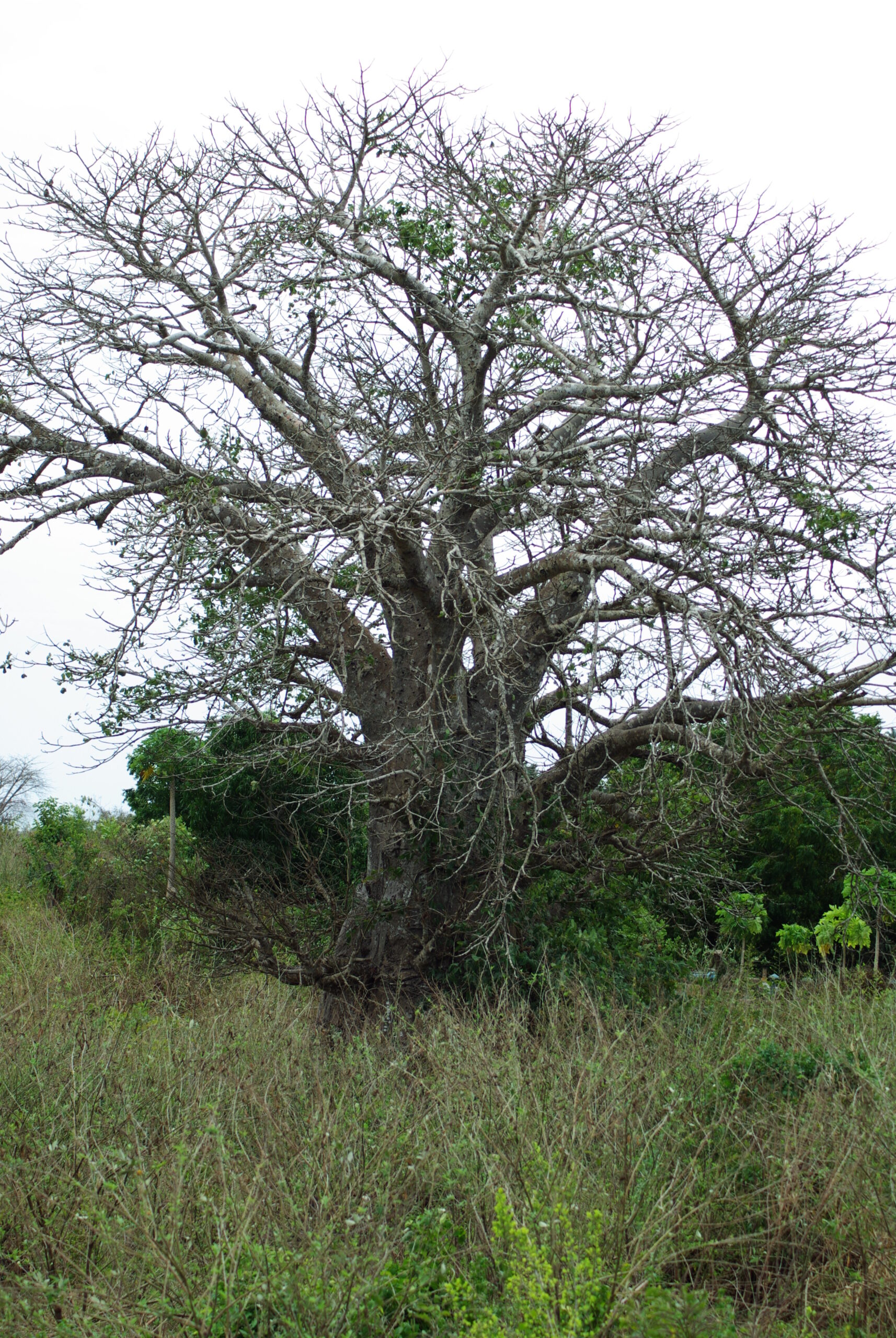
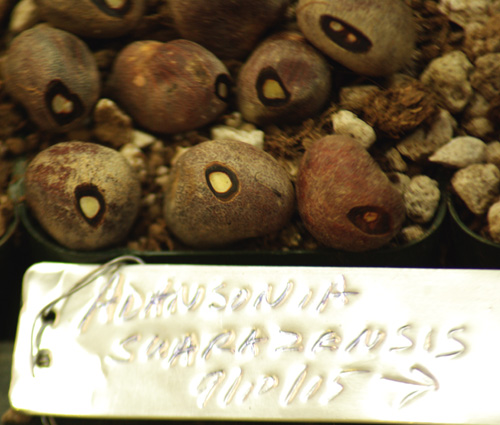
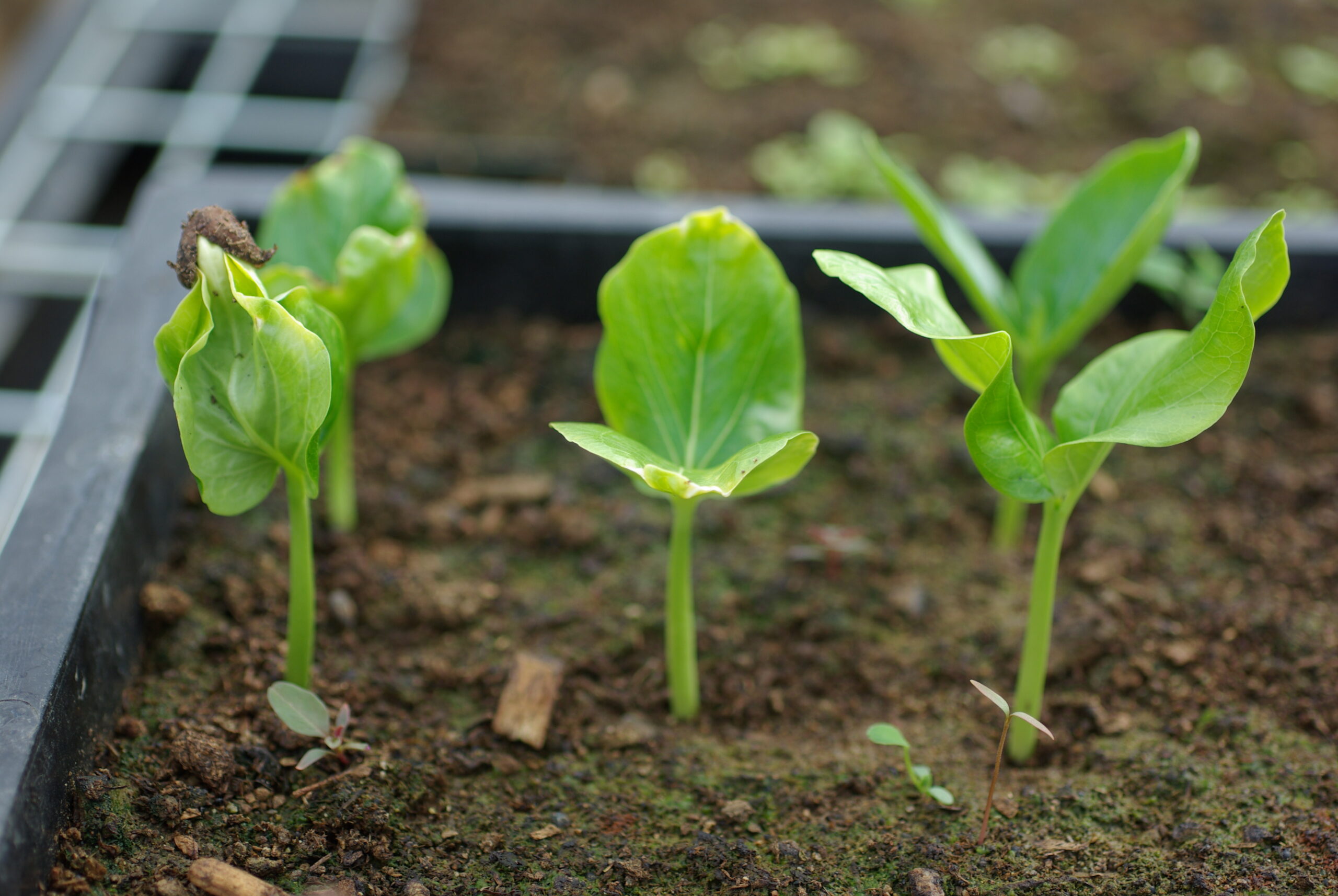
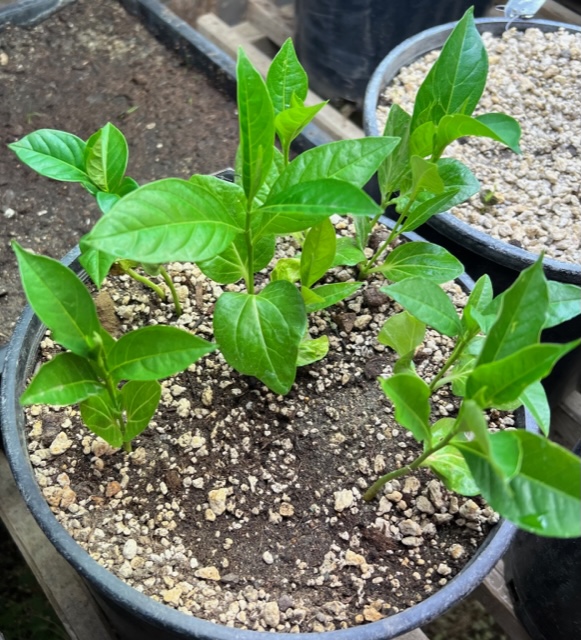
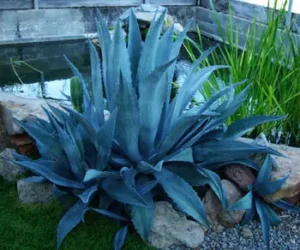

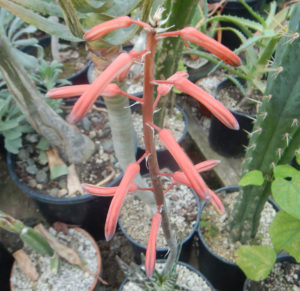
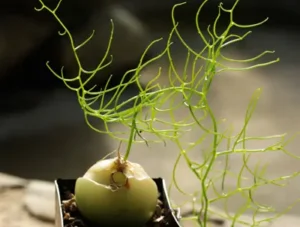
Chinenye Onukwugha (verified owner) –
Great seeds, already sprouting— I’m really excited
Upvote if this was helpful (0) Downvote if this was not helpful (0) Watch Unwatch Flag for removal